
Yu-Gi-Oh! Legacy of the Duelist: Link Evolution is out and available to play on Xbox One. Much to the joy of fans, the game currently has a rating of Mostly Positive on Steam and a 79 on Metacritic.
The game is a remaster of the original version, Legacy of the Duelist, that was released in 2015 on eight-generation consoles and was published once again by Konami, with the game being developed by Other Ocean Interactive.
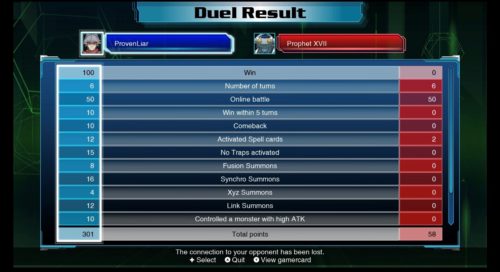
The game features a complex tutorial system for newer players such as myself. I read through the written portion and jumped straight to the interactive version, as I thought that would be more helpful for a rookie like me. It goes in-depth on the structure of duels, which consist of two players with 8,000 Life Points each and decks of 40 cards. The game states that a “Single” is played one time, with a “Match” featuring three duels, with the winner needing two for victory.
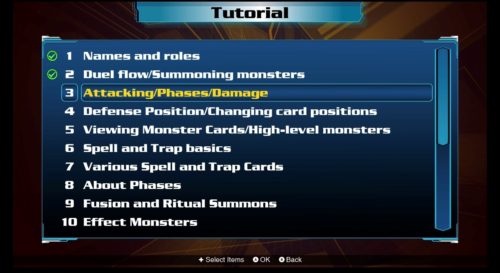
In the tutorial alone, I found myself needing to take comprehensive notes on the different cards and decks to remember, such as Fusion Monster, Synchro Monster, Xyz Monster and Link Monster Cards. The game is intensely complicated for a newer player, as I found myself overwhelmed in just the second story Duel. I was obliterated after starting the Match off well and had to go back to the tutorial it re-learn all the mechanics. Cards are divided into three main catagories, based on purpose and color. Monster Cards, the standard attack and defend cards of a Deck, are colored yellow, orange, violet, white, blue, black and dark blue. Spell Cards, which are colored green, and Trap Cards, colored purple, make up the other parts of the Deck.
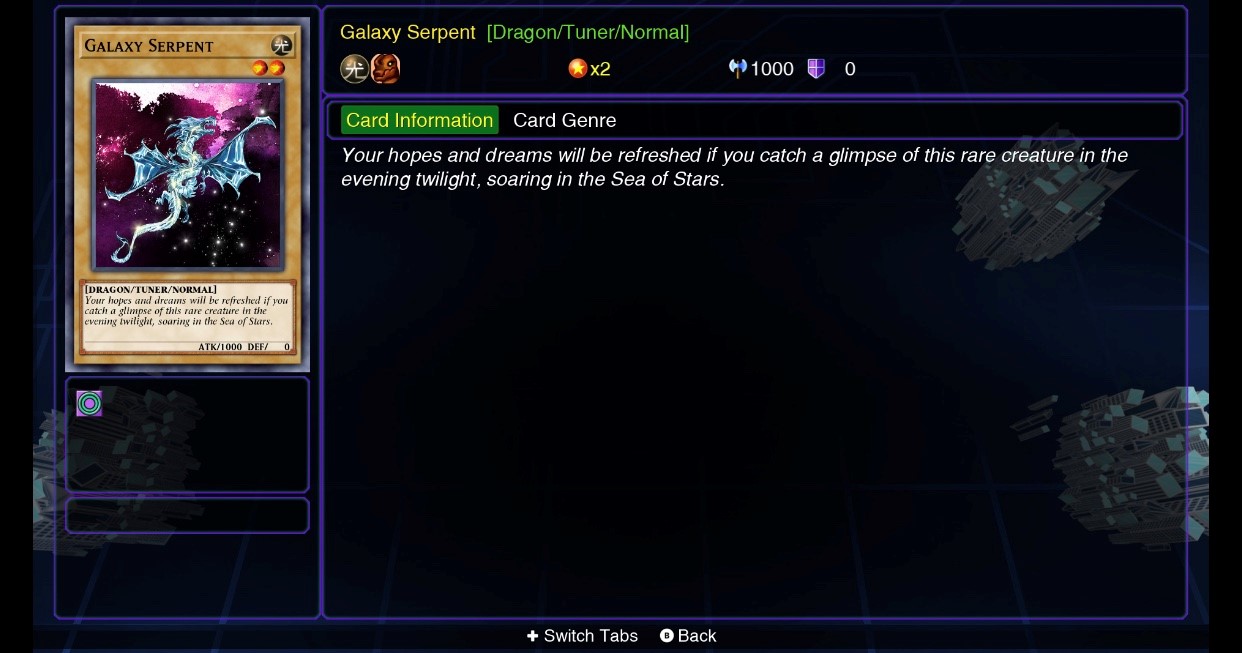
When it comes to spawning a Monster, the player can either spawn them face-up in attack position or face-down sideways for a defense position. When either position is enabled, the player will see two separate numbers, an ATK value and a DEF value. If the enemy player attacks the Monster Card will it is in DEF position, if their ATK value is lower than the DEF value, their card will be destroyed, meanwhile if they attack while the Monster is in ATK position, it also comes down to a comparison of their contrasting ATK values. However, as you play through the game, you find that it gets more complicated as the Duels get harder in difficulty. Couple this with the ability to use Chains between Spell and Trap Cards and the game becomes very complex for players with no experiences. One thing to remember about Chaining: it is only done in response. It’s never a pre-emptive ability. It must be done as a reaction to the activation of another card. The tutorial itself states, “Since “Summon” monsters, “Tributing”, and “Cost” are not considered the activation of cards, these cards cannot be chained to.”
Duels are divided into six phases with only certain actions available during certain phases.
- “Draw Phase”: Player draws one card from their Deck. If none are left, the player loses. After card is drawn, player moves to Standby.
- “Standby Phase”: This is where standby effects occur. Trap Cards/Quick-Play Spell Cards are able to activate on this stage.
- “Main Phase 1”: This is where a player can summon Monsters, change their positions to ATK or DEF, set Trap/Spell Cards or activate any card effects. However, the game does state that you can only perform certain actions a finite amount of times during the phase.
- “Battle Phase”: This is where a player can use their Monster Card to attack another, however, it is divided into a set order that must be followed. Whomever goes first in the Duel cannot attack first. However, as the game states, “Each Step of the Battle Phase in this game is virtually resolved automatically.” When a player no longer has any Monster Cards up front, the other can use their Monsters to directly attack the Life Points of their enemy, to drain them to zero and win.
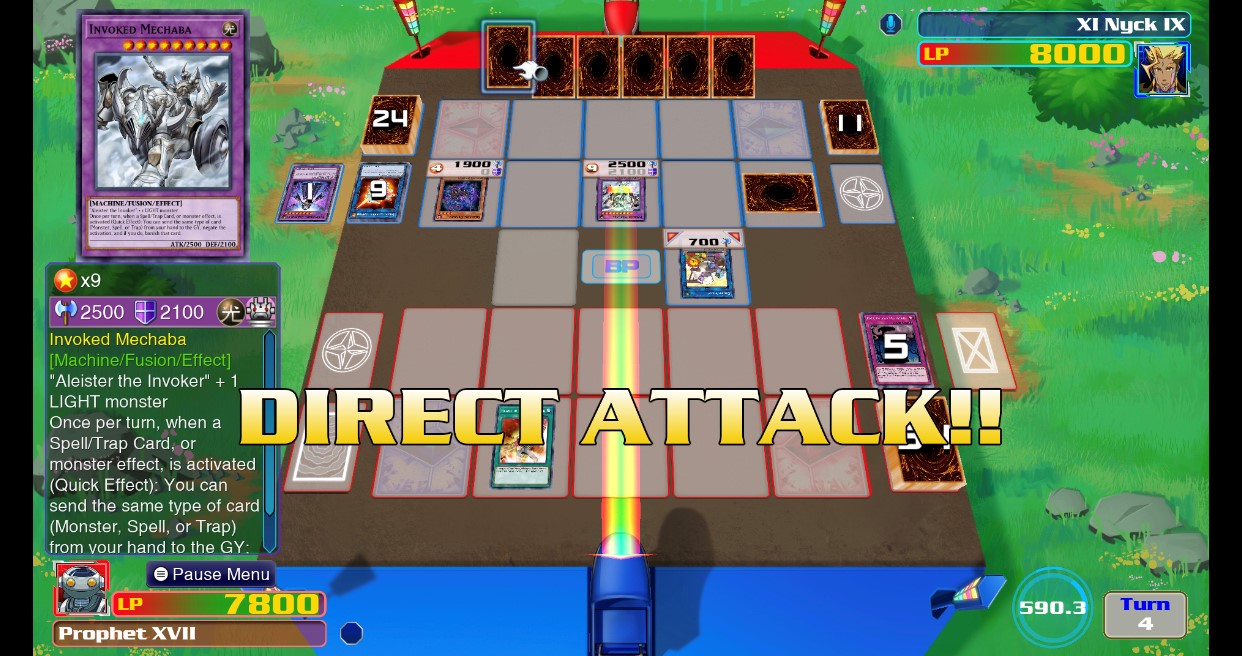
- “Main Phase 2”: This occurs after the Battle Phase and is the same as Battle Phase 1, except that if the player performs an action that can only be done a finite amount of times in their first Main Phase, they will not be able to do it in this one. The tutorial states that this section can be seen as a replenishment stage.
- “End Phase”: This is where a player declares the end of their respective turn. If they have a card that activates on an End Phase, it will do so here and if there are multiple cards that are resolved here, the turn player gets priority from the game. Players can also activate Trap Cards here, as well as Quick-Play Spell Cards. However, if a player ends their turn with more than six cards in their hand upon ending their turn, they must select excess cards for the Graveyard.
Each phase can be selected or skipped based on whatever the player wishes to do.
Multiplayer was unforgiving, as I had virtually no chance against players who were far more competent at this style of game than me. I went into my multiplayer match expecting to lose, but I was hoping that I knew enough to last longer than a few rounds.
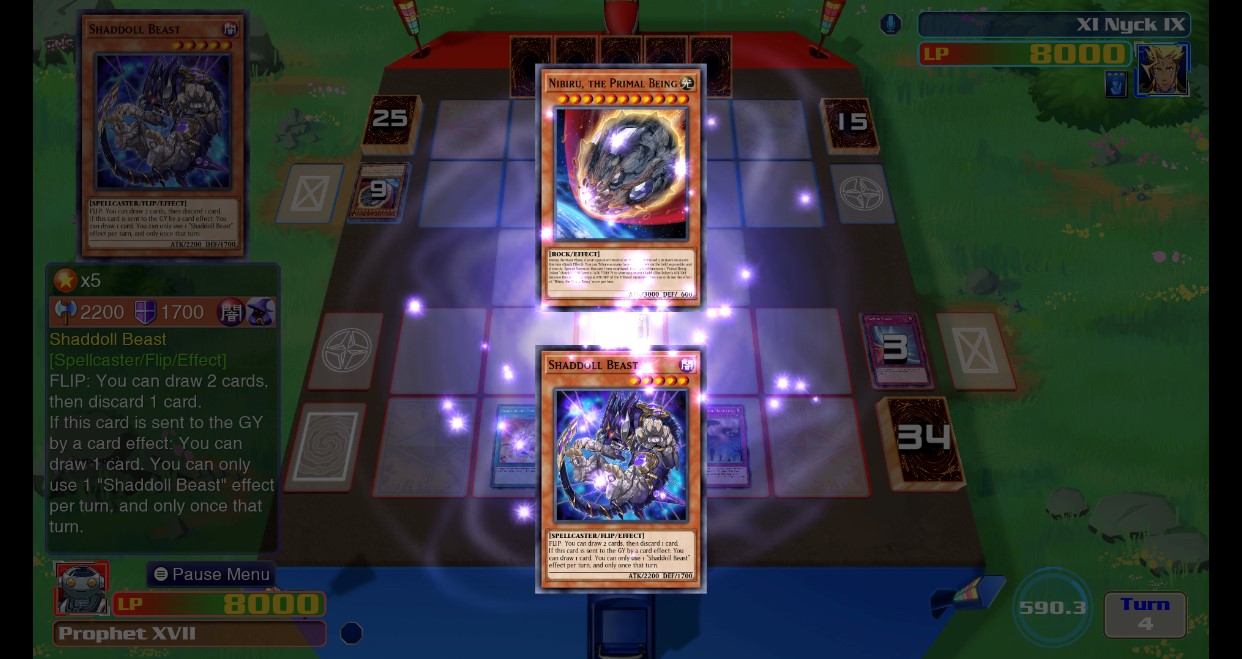
Well, I lost in about 12 minutes, with 10 of those being spent watching my opponent non-stop combine his Monsters into stronger and stronger combos. I had realized that I was far behind in terms of skill gap to online players. You can create the parameters for what online duel you’re looking for, but if you’re a new Yu-Gi-Oh! or card game player, I would recommend sticking to story mode for now. While each campaign seems to be a collection of the most historical duels from that storyline in Yu-Gi-Oh!, each also seems to introduce new mechanics only present in that set story. For example, Yu-Gi-Oh! Zexal introduces Xyz Monsters (they have black frames), while Yu-Gi-Oh! VRAINS brings in Link Summoning a Link Monster, with all keeping these monsters in an extra deck. There are also Duelist Challenges, where the player can match-up against an “elite historic duelist”, as well as the first chapter of each story mode being a sort-of tutorial.
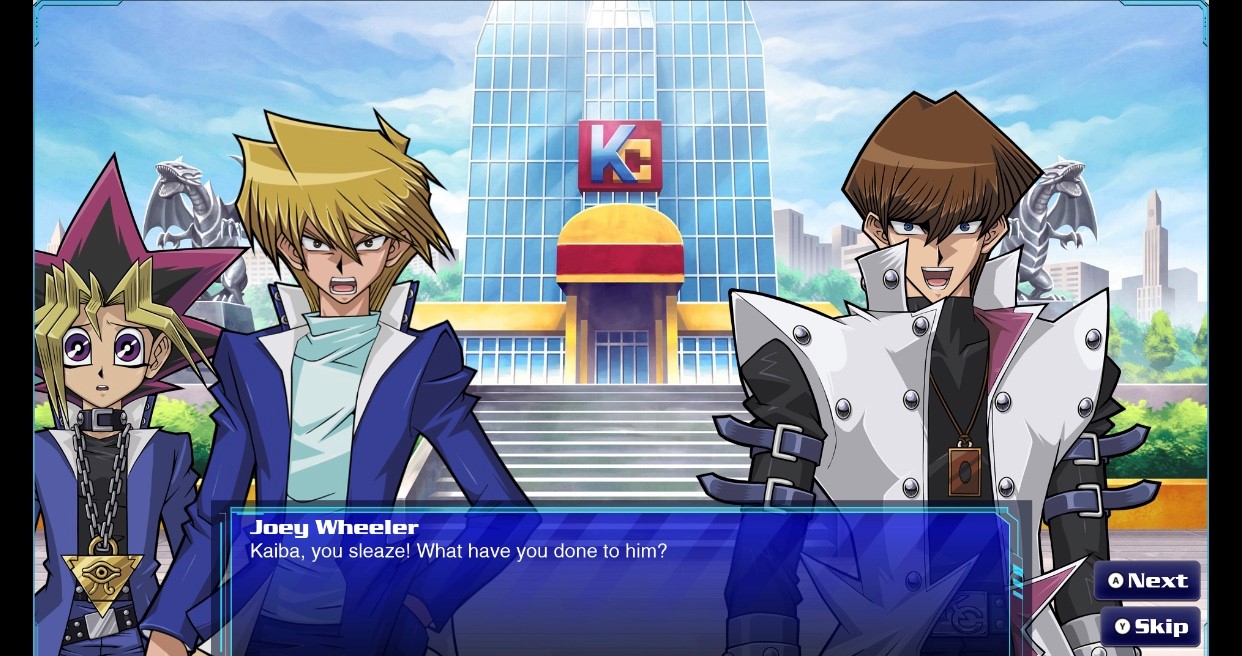
The main menu also features an option to go to the Card Shop to purchase Booster Packs as well as a Battle Pack section to use “a temporary Deck made from Battle Packs.” Players are also able to edit their Decks to ensure they play their best in a Duel.
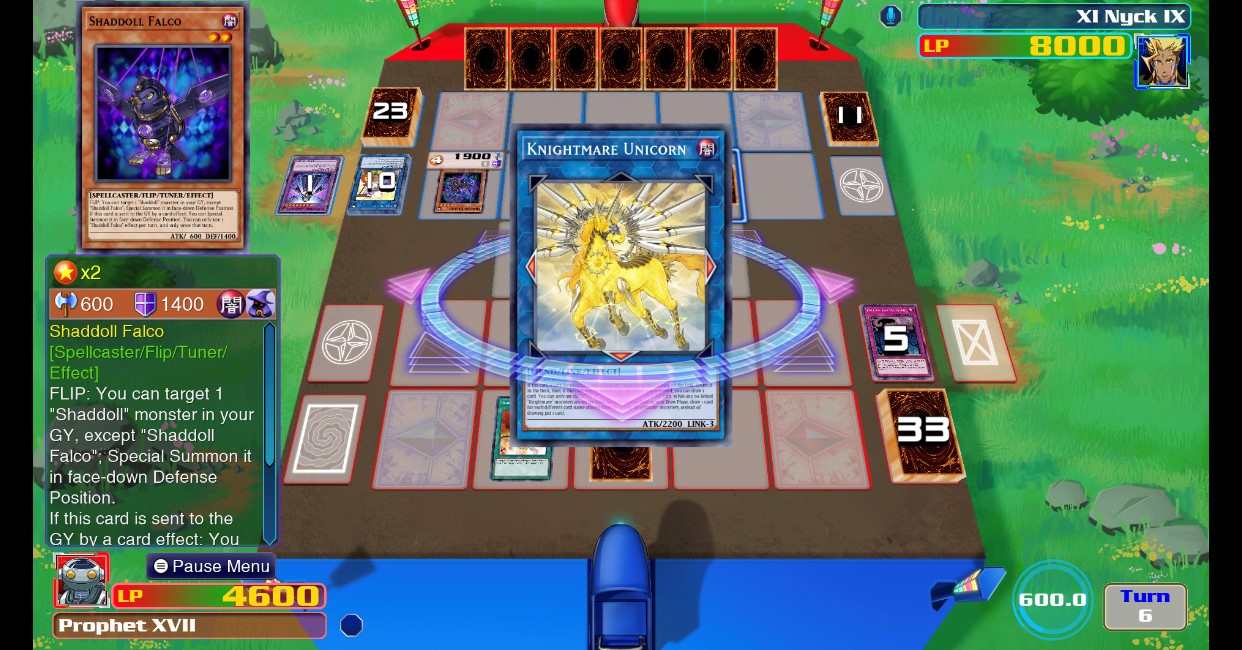
Overall, Yu-Gi-Oh! Legacy of the Duelist: Link Evolution is a solid remaster of a previous game, with improved graphics, as well as running very smooth. I did not encounter any bugs or glitches while playing, although I have read some reviews mentioning the occasional bug. If you’re a lover of Yu-Gi-Oh!, this game is for you, however, if you’re newer to the card game genre, I would recommend starting with a simpler game, since you could be overwhelmed with all the mechanics, like me, that go into a Yu-Gi-Oh! duel. This game deserves it’s high ratings on Steam and Metacritic and gets a Thumbs Up from me. It’s Time to Duel!
Disclaimer: A review key was provided

